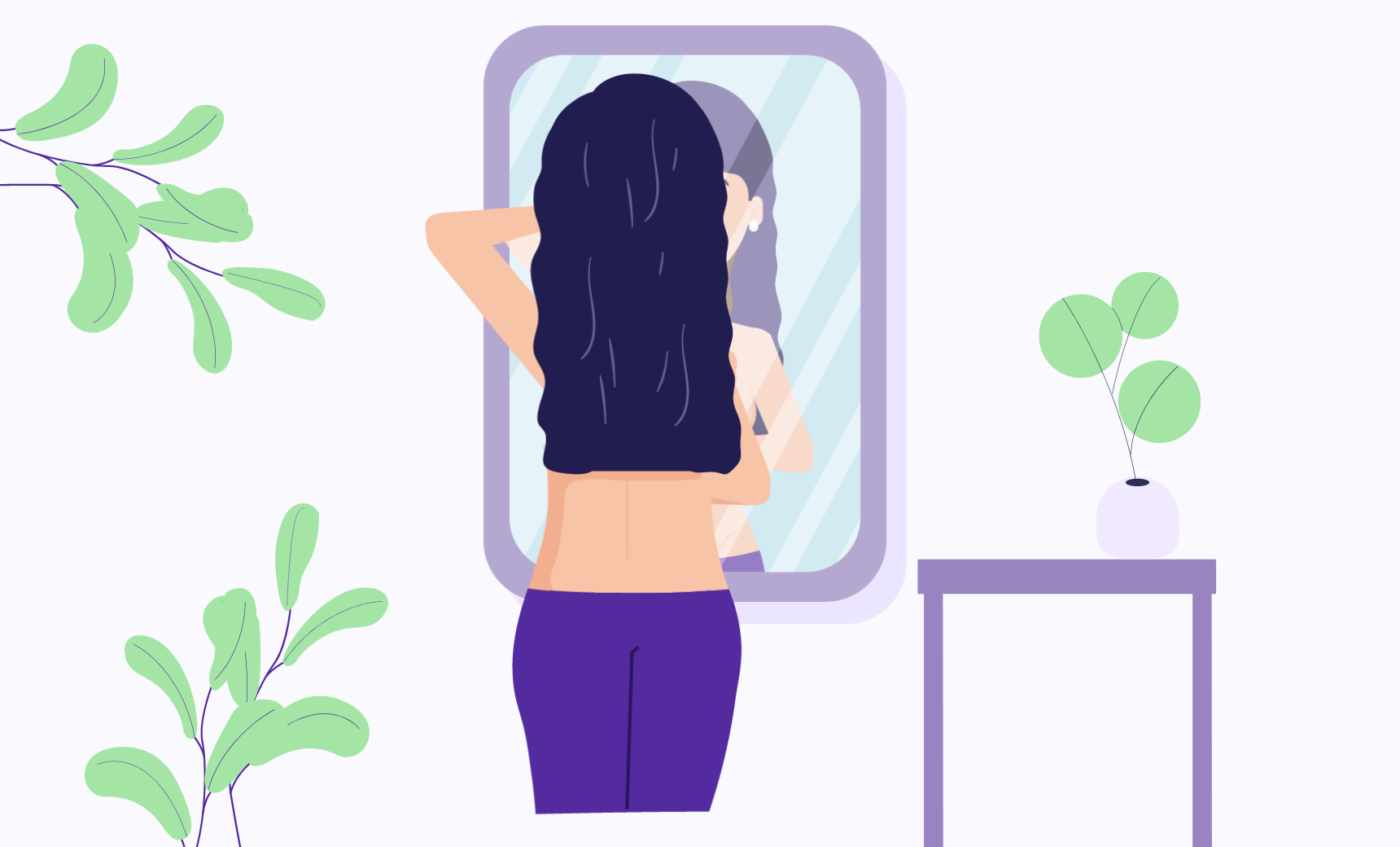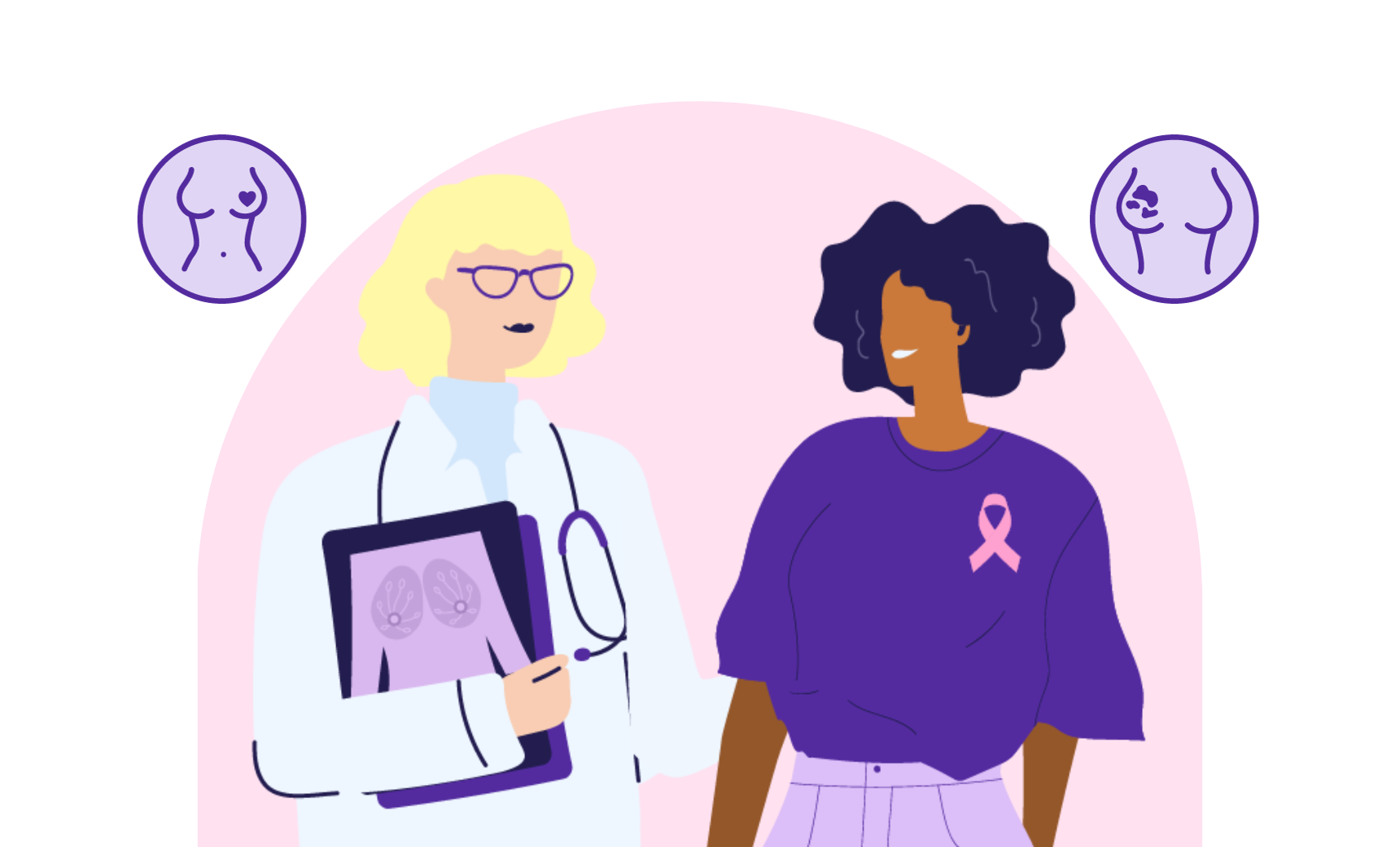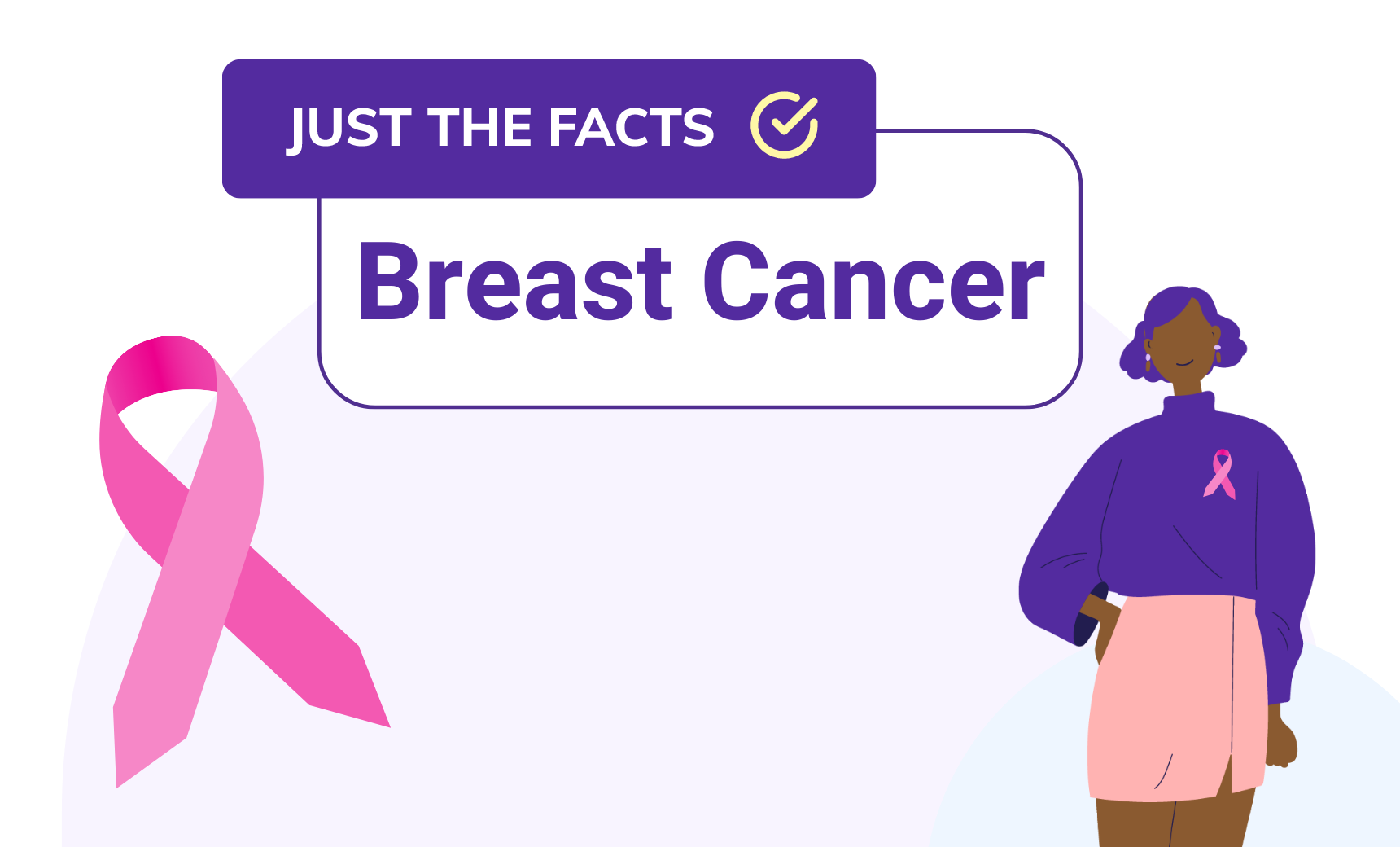Discovery to Remission: My Journey Through Breast Cancer
Our Patient Spotlight with Judy Cole
It all started in November 2003 when I went in for my yearly mammogram. I had been getting mammograms for 10 years at that point, all with negative results. Well, in 2003 the results showed masses in both of my breasts, and after getting a biopsy, I was diagnosed with breast cancer on both sides.
When the doctor called me with the results, my first reaction was, ‘okay, so what now’. I am a practical person, which means I tend to be great in a crisis situation. While everyone else is upset or crying, I’m able to compartmentalize and focus on the information needed to handle the crisis. I had a 5-centimeter lump in my left breast and two smaller lumps in my right. And while the right was considered more precancerous, I decided that the best course of action was to have a double mastectomy and balloon implants put in for reconstruction. After all, when your doctor tells you that while the right side doesn’t need to be treated immediately, but it will in two years, that’s not something you wait out. You deal with it now.
After multiple tests and meetings with various doctors, my surgery was scheduled for the beginning of January. I wanted to at least wait until after Christmas, and while my doctor was fine with that, it was advised I don’t wait much longer than that. During that time, I also had the BRCA gene test done, and the results came back positive.
I started chemo almost immediately after surgery, those trips to the oncologist every two weeks. On the off week, I had to take shots for my blood cells. The chemo continued thru May, and as I’m sure you’ve probably guessed, I lost all of my hair three weeks into chemo. I did the wig thing whenever I was not at home, but took it off as soon as I could, and all about chucked it when my hair started growing back in June. I hated that wig.
In March, I got a staph infection in my left breast. I ended up in isolation for a week in the hospital on continuous antibiotics. At the end of my stay, they ended up putting a PICC line (Peripherally Inserted Central Catheter) in my arm and let me go home with the instruction that I would have to have 2 bags of antibiotics every day. The home nurse came and showed me and my daughter how to carefully attach the medication, and how to care for the PICC line. That treatment continued for six long and arduous weeks.
During all this I continued to work. I would have my chemo on Friday and usually return to work on Monday (because I could not fathom sitting at home), and still doing the antibiotic IV’s every day. My daughter and I had a routine: I would get up, take a shower, then immediately run downstairs so she could hook up my IV. I would then run back upstairs do my hair and makeup which was just enough time for the IV to finish, then run back downstairs so she could disconnect the line. In the afternoon after work she or my husband would hook up my line and I would rest on the couch until they could disconnect for me.
In May my chemo finally ended and I had reconstruction 2 months later. And let me tell you, I was thrilled to finally be done with all the treatments and surgeries. I still had to have blood work done monthly, but after everything I had been doing, that was easy.
I was very fortunate that I had family that could help me during this time (I only had to bust out my C Card, like, twice). My husband went with me to all my appointments despite the fact that he was an pilot and was gone several days every week. My daughter helped me with my weekly shots and taking care of the antibiotic IV’s. And both were also extremely helpful and patient with my Chemo Brain problems. (i.e. You can’t find your phone but you swear to your husband you put it in your purse and he finds it on the table. You know, the one you’re standing right next to.)
Without help from family, friends and co-workers it would have been hard to go through something like this alone. It’s overwhelming, the amount of information you have to keep track of as well as all of the lab appointments and doctor appointments. Luckily, platforms like LabFinder exist today to help corral all that information, but having a network around you is also really important.
If you feel something in your breast, talk to your doctor and get testing done immediately. I went from zero cancer to a double mastectomy in less than a year, and it’s scary to think how fast it grew. It’s even more scary to think what could have happened if I wasn’t so diligent with my annuals. The sooner you can get tested, the sooner you can be treated, and the sooner you can stand up and count yourself a survivor.
LabFinder is a no-cost, online platform for people to easily schedule their medical tests and view results securely. The LabFinder team is passionate about improving the ‘patient and doctor experience’ through better communication, reduce out-of-pocket expenses and making everyone know more about their own medical tests. The mission of LabFinder is simple: we want to be solution to you and get you the test results you deserve so you can make right choices about your health.







LabFinder Team
The LabFinder Editorial Team is behind The Illuminator and The Insider, LabFinder’s consumer and business blogs.
Dr.Robert Segal
Dr. Segal is CEO and co-founder of LabFinder, as well as a board-certified cardiologist. He began practicing medicine in 2002 and has founded several businesses, including Medical Offices of Manhattan and Manhattan Cardiology.